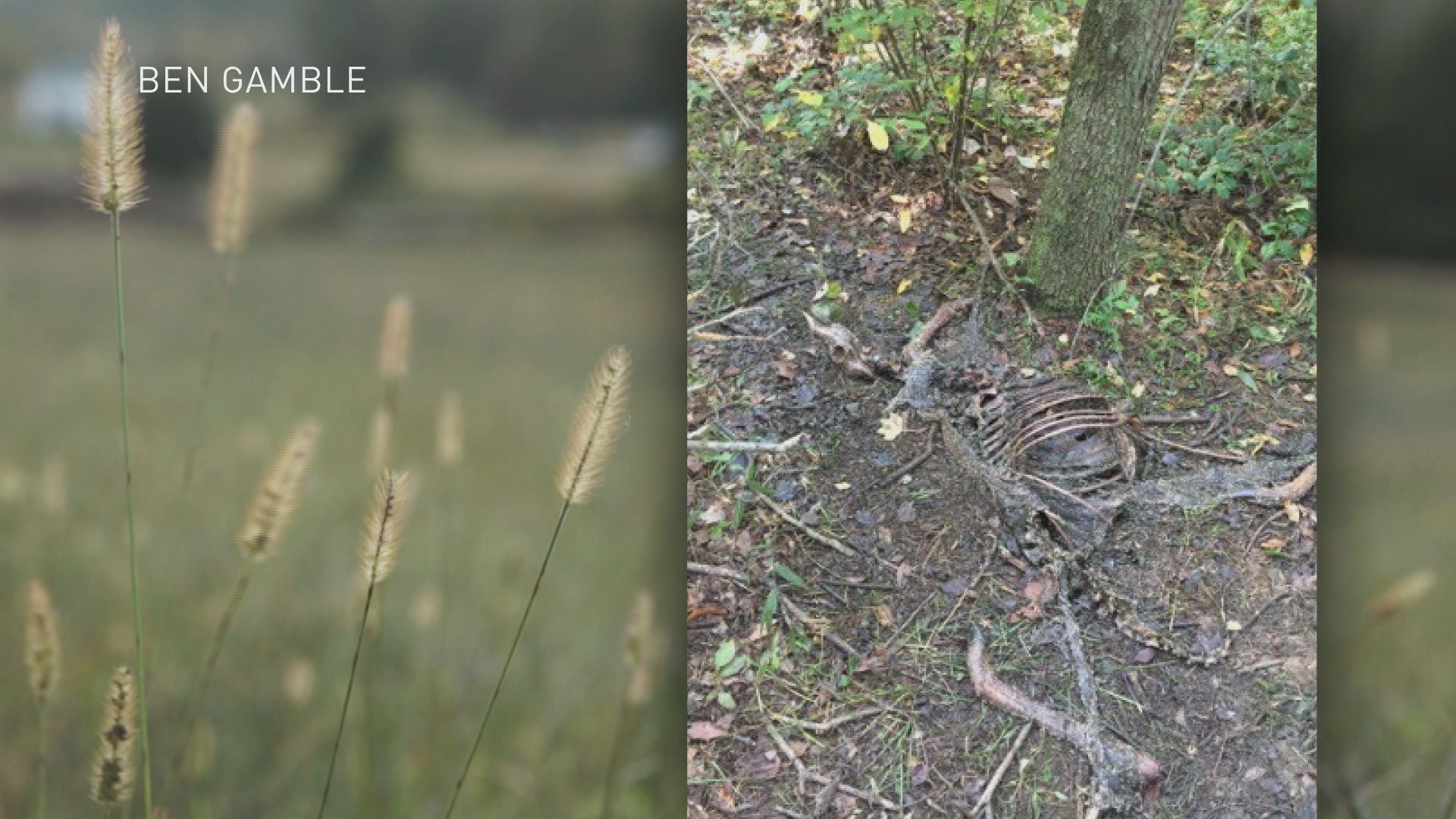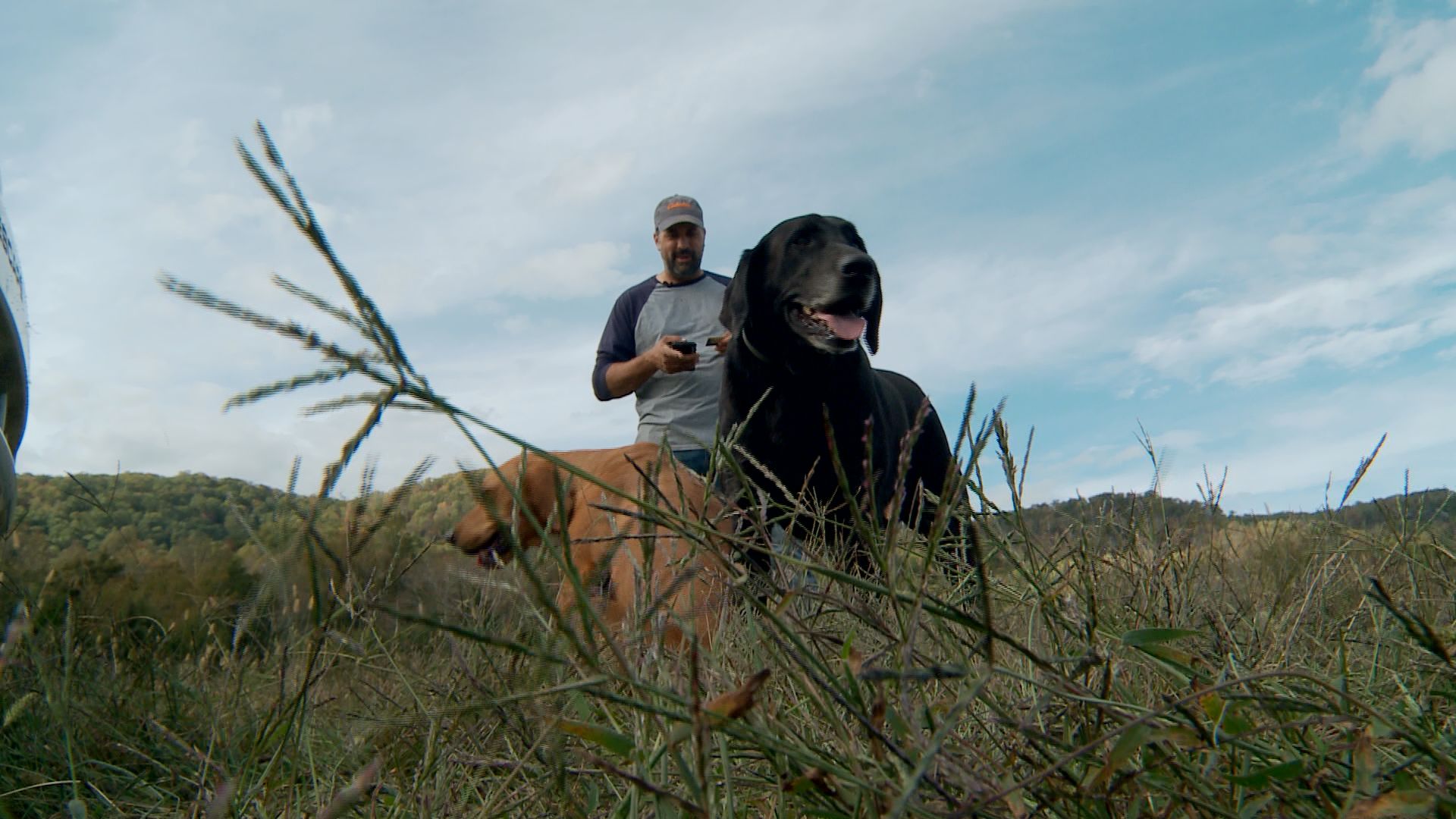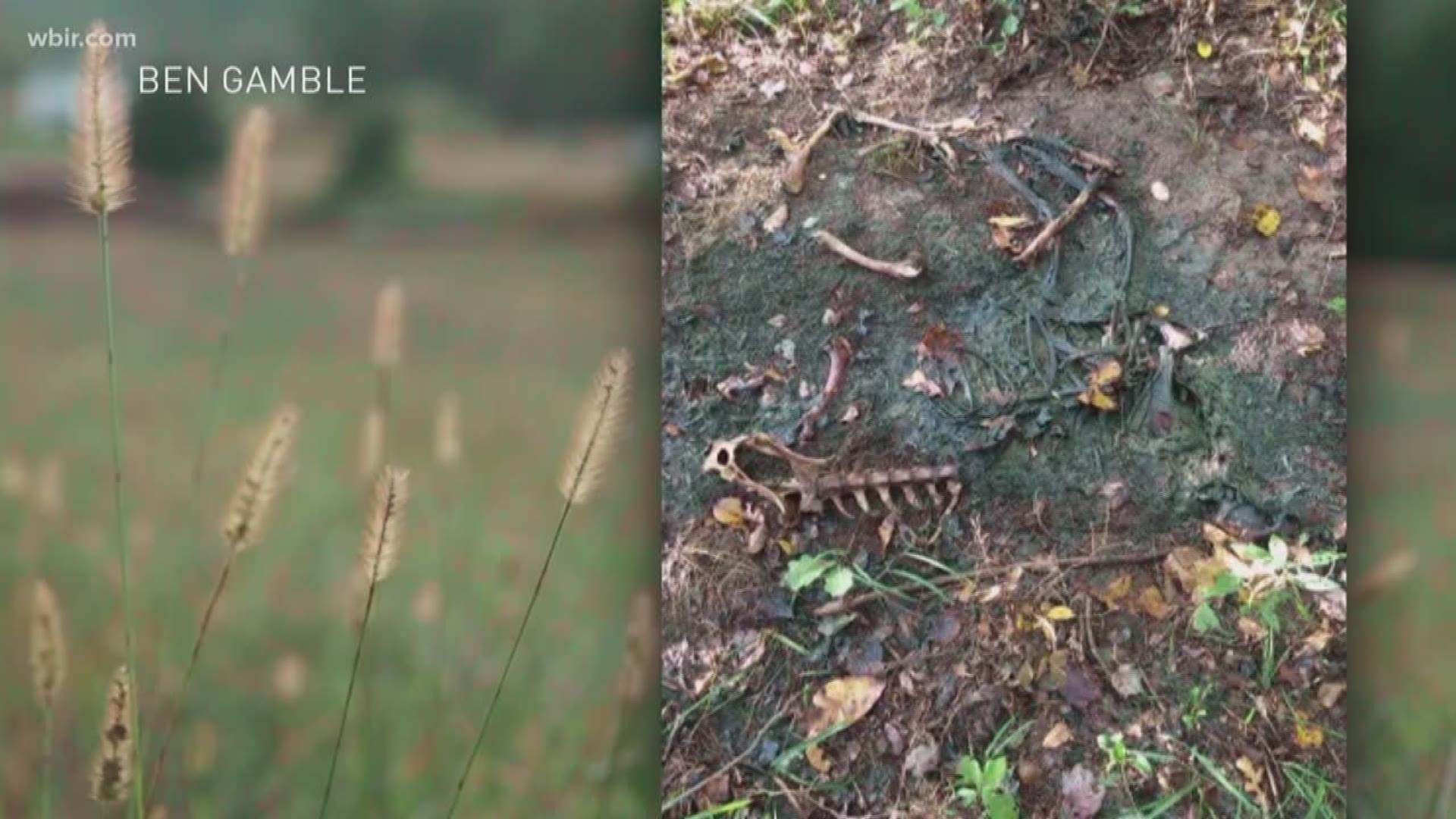A virus transmitted by tiny flies is killing hundreds of deer across East Tennessee.
With archery season for deer underway and firearm season just weeks away, some sportsmen are concerned that the outbreak of Epizootic Hemorrhagic Disease has damaged white-tailed deer population to the point it will take years to restore in some areas. The disease is spread by biting midges and other tiny biting insects.
Tennessee Wildlife Resources Agency Region III information and education officer Mime Barnes says the disease is common, but the number of deer the virus has killed this year is the greatest since 2007.
"The disease has always been around and it kind up pops up here and there and there's no predictor of when it's going to be an outbreak or how big the outbreak will be," Barnes said.

Barnes says that at the beginning of October, TWRA had received at least 32 calls with 158 deer reported dead in Morgan County alone.
East of Morgan County in Region IV, biologist have documented 723 dead white-tailed deer suspected to have died from of EHD.

Ben Gamble is a sportsman and farmer who first noticed the disease's toll on deer on his Morgan County farm in September.
"Usually we mow a lot of crops down there at night so the deer come out into the fields when they get used to the tractor. There weren't any deer, so I just made the dreaded walk one day and just found them dead everywhere," Gamble said. "I walked the creek one day and found about a dozen in a 300 yard walk, and that answered all my questions. That was all I needed to see."
Since buying the property as a beef cattle farm 20 years ago, Gamble has continually managed the property to improve it as deer habitat.
Gamble and a group of more than 20 other hunters also lease land in Morgan County for hunting purposes.
"We get on our side-by-sides and take a ride across the farms we own and lease and sometimes we'd count 100 deer. This time this year we'd be lucky if we saw one deer," Gamble said.

Wildlife leaders says the disease will end after the first frost of the season because the midge, commonly called 'No-see-ums,' doesn't survive cold temperatures.
"The midge that carries disease, in its larval form, is in waters and the midge actually will die with the onset of cold weather," Barnes said. "We do tend to see it in the late summer and early fall and as soon as cold weather hits, it literally will drop off the landscape again."
Barnes says the disease is cyclical and outbreaks should not be cause for alarm.
"It is something we are still taking reports on, and of course that will be taken into consideration for future harvest setting seasons, but because animals carry diseases and illnesses - every population of animal does - it's not something we have to be overwhelmingly concerned about, huge negative impacts on deer herds."
However, Gamble says what he's seen on his property has already led him to change how he will hunt this season. He says he will likely only hunt his Morgan County farm if targeting a particular mature buck he first sees on a trail camera.
"It's just heartbreaking to see everything that you saw coming to life in the spring, within a two month period - died," Gamble said. "Everything you worked for for 20 years. In two months, died."
TWRA wildlife biologist Sterling Daniels says there is no evidence that EDH can be transmitted to humans, but says in an email to 10News that it is "probably not a good idea to consume any animal, deer or otherwise, that could have been sick."
Daniels says deer that contract the disease usually die within a few days and that deer that survive and appear healthy are probably EHD-free and are safe to harvest and eat.

